Search This Blog
Hello there, warm Welcome :-) I am trying to share the knowledge and cool things I learnt during my QA journey!! I hope you find something interesting here :-)
Featured
- Get link
- X
- Other Apps
Importing Swagger files into Postman
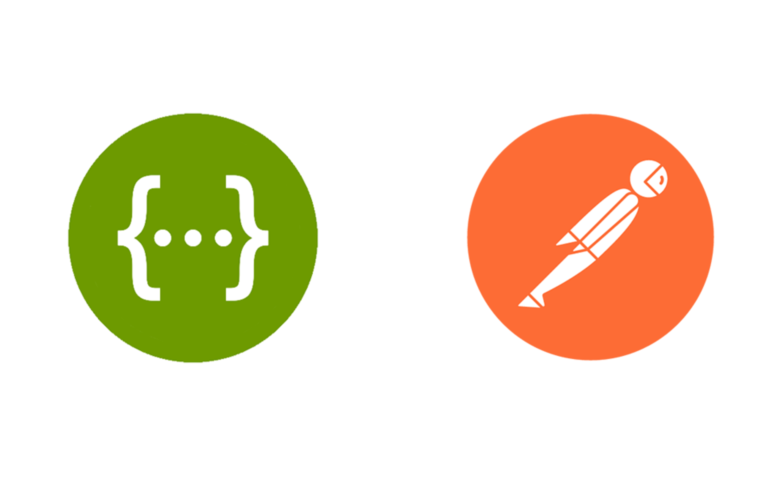
Hello Peeps,
How are you doing?
I am back with a simple blog post this time. When I was running my internal Postman workshop, one of the attendees had a question if there’s an option to migrate from Swagger to Postman. She mentioned that they are using Swagger to hit the endpoints of the API. Seems like they are doing some manual work. Of course you can convert the API spec and JSON into the Postman collections. So, today I will explain in simple steps on how to do it.
Step 1:
Open Swagger and copy the JSON link of your endpoints.
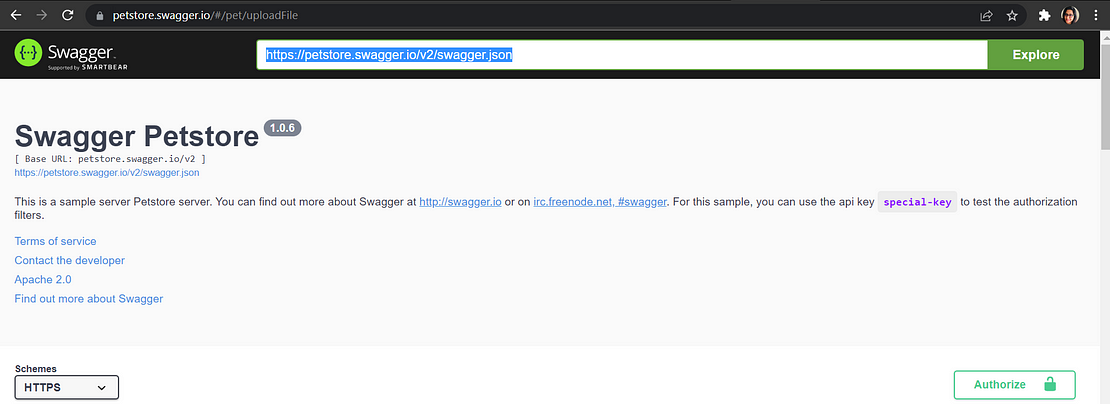
Step 2:
Now launch Postman and login first. Now you need to create an workspace which is the basic step to import our Swagger endpoints.


Fill in the basic details, and create your workspace.
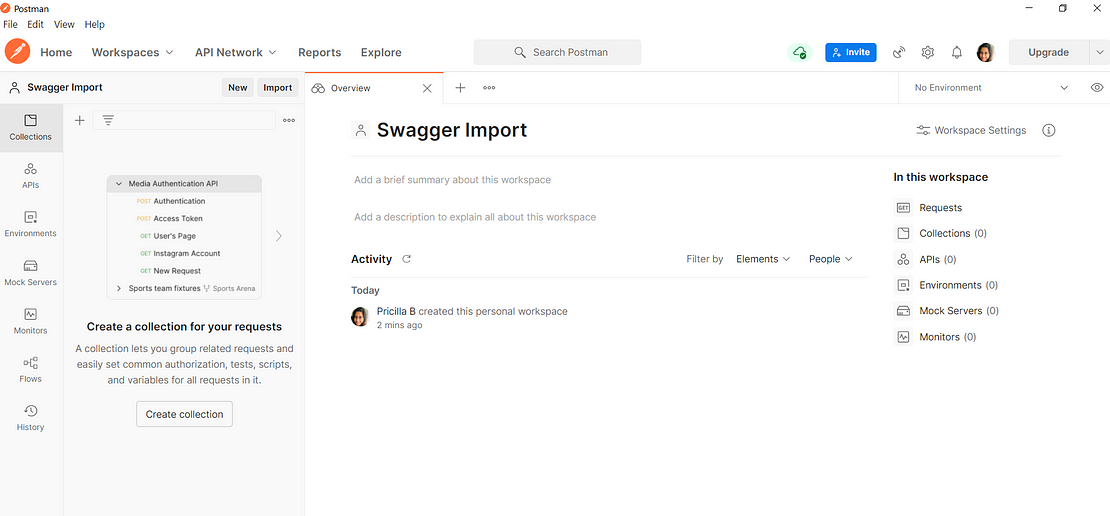
Step 3:
Click “Import” in the top left corner. And select the “Link” option under that. Paste the JSON link from Swagger.

Step 4:
Click “Continue” which lands up in a new page:
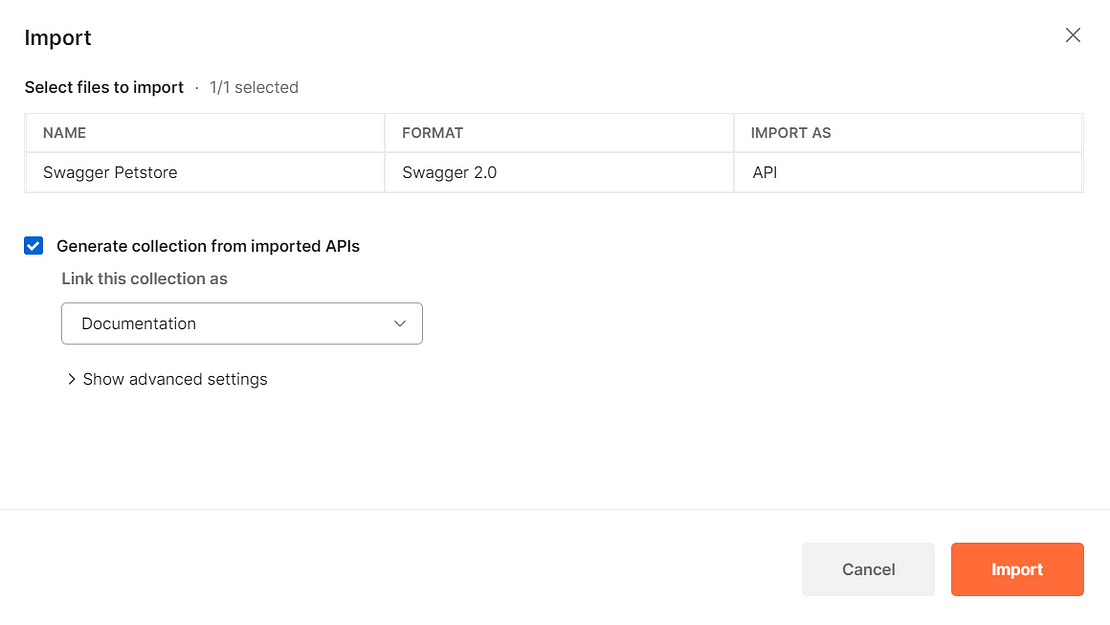
If you continue as “Documentation”,
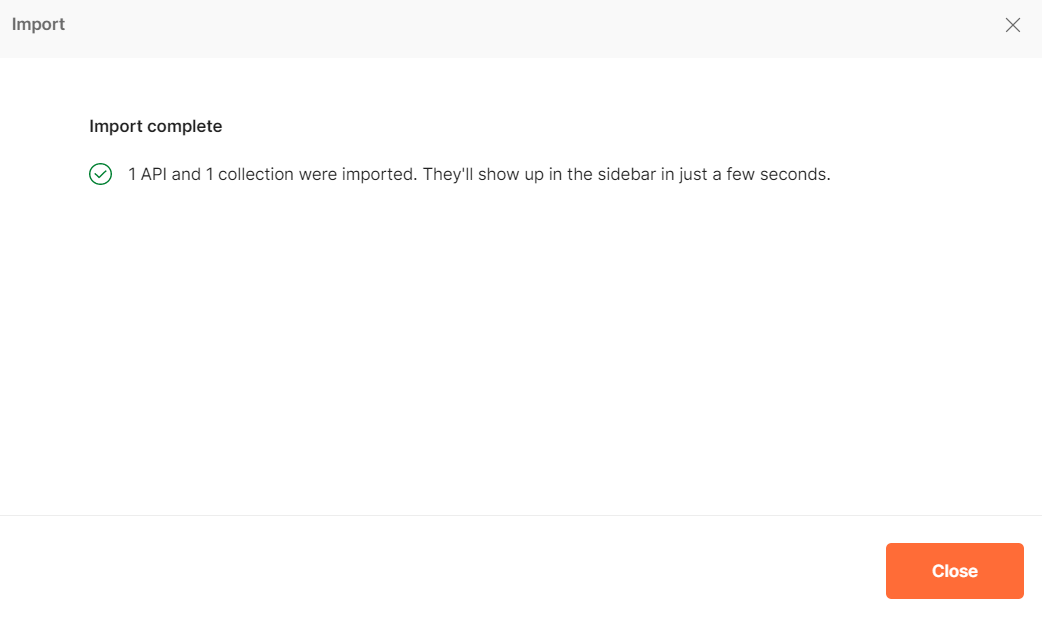
Now you can see both the Collection and API.
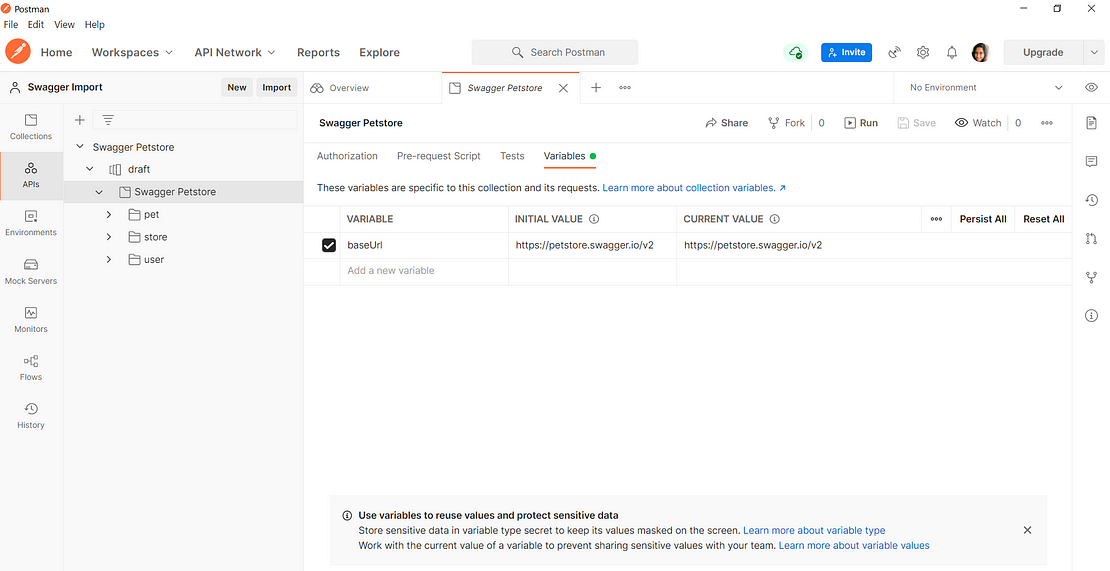
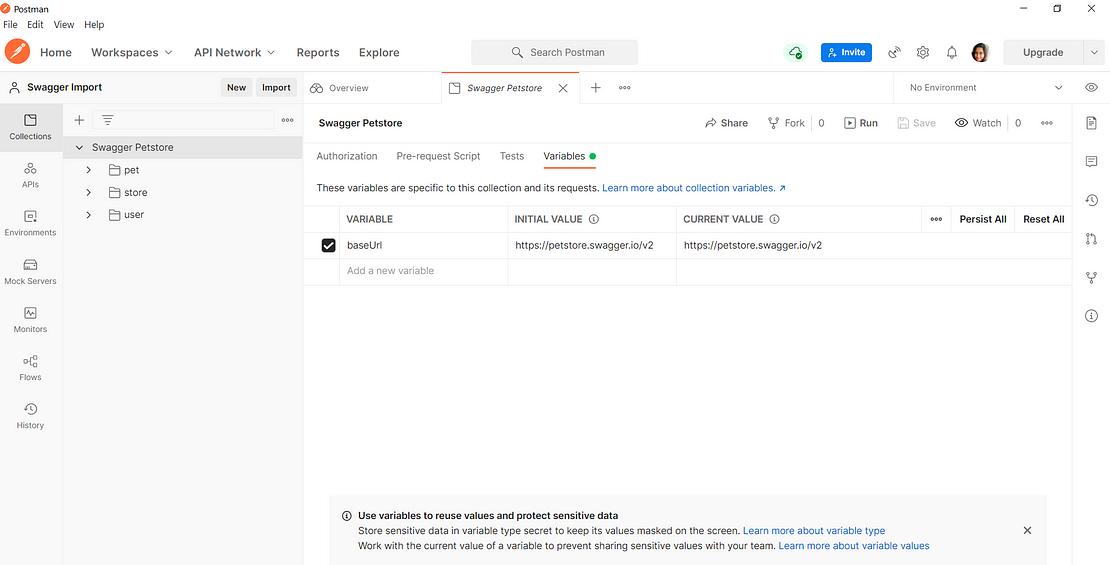
Now you can start working with the API and the collection associated to it.
You will be able to see the variable values and also the examples.
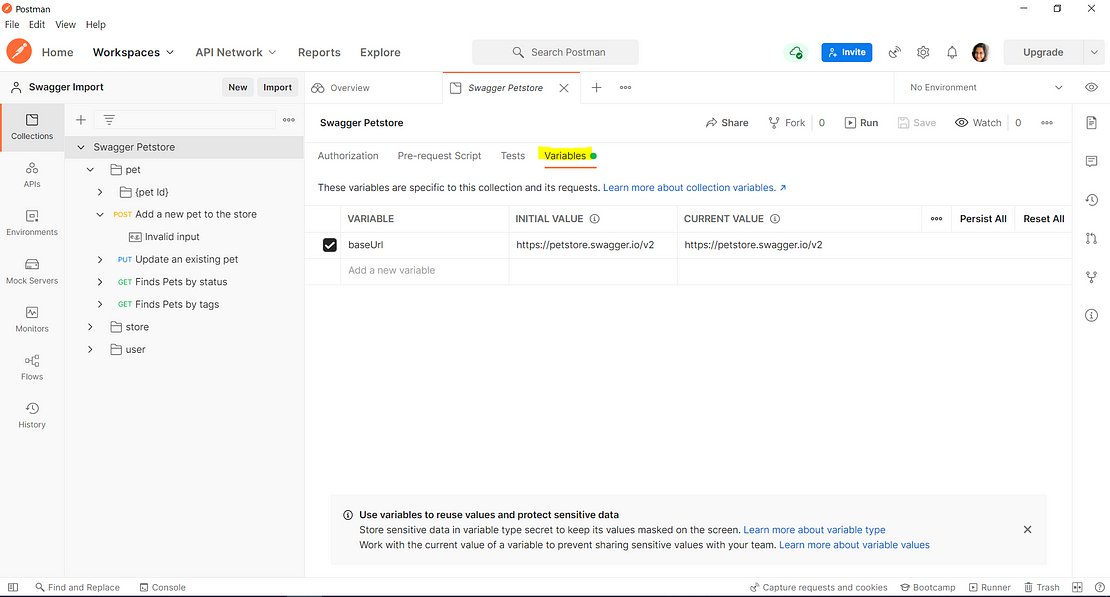
If you click on the document icon in the right pane,
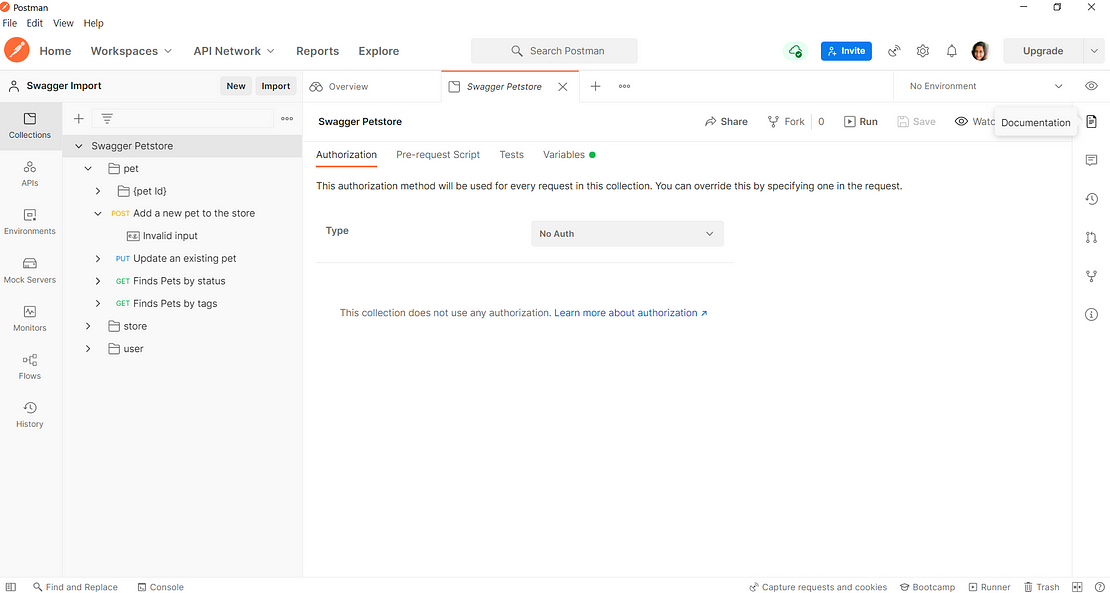

By clicking the bottom hyper link, you can view the complete documentation.
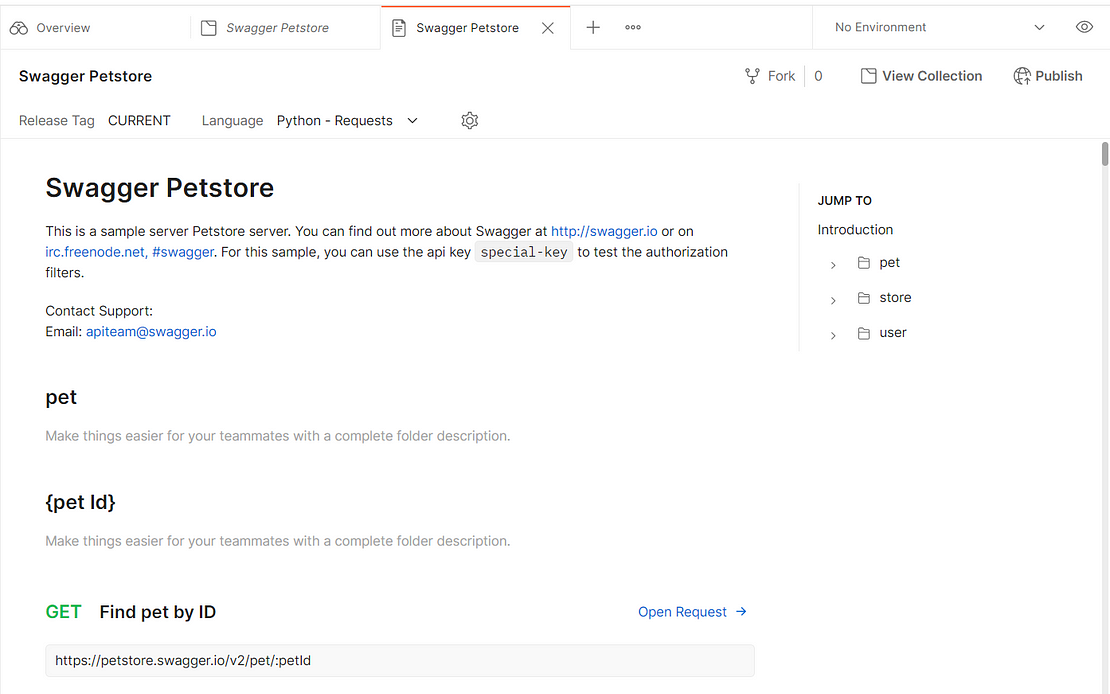
Tada, it’s really cool right?
And you get everything you want in few minutes.

When your developer or business provides you the Swagger endpoints you can easily migrate them into Postman and start writing assertions to it.
I hope the steps are simple and you can reiterate it. Wishing you the best!
Happie API Testing!!
See you soon in another post! Please drop me a feedback if you have something in your mind :-)
- Get link
- X
- Other Apps
Popular Posts
How to handle SOAP API and parsing the response in Postman??
- Get link
- X
- Other Apps
How to handle REST API and parsing the response in Postman??
- Get link
- X
- Other Apps
Comments
Post a Comment